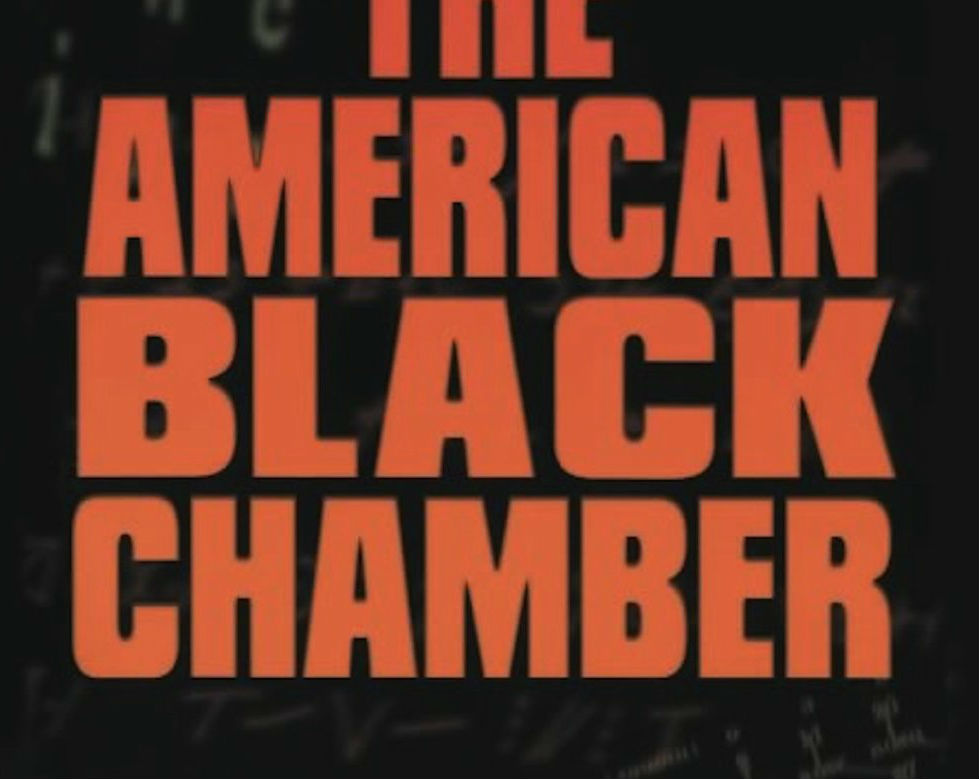The Patriot Act and the History of American Code Breaking

Editor’s Note: This piece on the War on the Rocks Hasty Ambush blog is published in partnership with the Hoover Institution’s new Military History in the News, a weekly column from the Hoover Insitution that reflects on how the study of the past alone allows us to make sense of the often baffling daily violence, not by offering exact parallels from history, but rather by providing contexts of similarity and difference that foster perspective and insight—and reassurance that nothing is ever quite new.
The uproar over the recent Senate debate regarding whether to renew several key provisions of the Patriot Act or to approve the reforms of the USA Freedom Act highlights the love/hate relationship that Americans have with their intelligence agencies. During periods of heightened international tension, Americans depend on their intelligence agencies to provide accurate forecasting and early warning of pending threats to national security. During periods of peace, Americans fret over the threat of government surveillance powers to individual liberty. In this vein, the revelations of National Security Agency insider Edward Snowden concerning the collection of telephone metadata and other signals collection activities that sparked recent public debate are a reflection of another era nearly a century ago, when Americans likewise debated the scope and scale of government communications intercept and code breaking authorities.
During the Washington Naval Conference in 1921-1922, the American negotiation position was strengthened by the interception and decryption of secret instructions from the Japanese government to its delegation. The messages revealed the lowest ratio of capital ships that would be acceptable to Tokyo. U.S. negotiators used this knowledge to push the Japanese to accept a ratio of 5 (American battleships) to 3 (Japanese battleships) instead of the Japanese preferred position of 10:7. This was the first major American success in signals intercept and cryptology.
Throughout the 1920’s a small Cipher Bureau, under the leadership of Herbert Yardley, kept the government’s cryptology efforts alive. The bureau was physically located in New York, but reported to the State Department. The situation changed dramatically when Henry Stimson, secretary of state in the Hoover administration, discovered the bureau and closed it down with the comment, “Gentlemen do not read each other’s mail.”
In 1931 Yardley, in need of income to support his family, published a memoir, The American Black Chamber, which exposed the government’s code breaking efforts over the preceding decade. The impact was immediate. Japan (along with many other nations) changed its codes, Congress amended the Espionage Act to make illegal the disclosure of coded messages sent by foreign nations, and the United States lost much of the expertise it had acquired in code breaking since World War I. During the 1930’s the U.S. Army kept its code breaking expertise alive by claiming that the few signal personnel working on foreign codes were doing so purely for training purposes.
As World War II approached, the United States reenergized its code breaking efforts. The effort came none too soon. Cryptologists broke the Japanese “Purple” code in 1941, before the attack on Pearl Harbor. The Purple code, however, carried only diplomatic traffic, which did not provide definitive early warning of Japanese military activities. The Japanese naval code, JN-25, was broken just in time to guide U.S. forces in the decisive Battle of Midway in June 1942. Cryptologists did not crack the Japanese Army code until early 1944. How much earlier U.S. cryptologists would have deciphered these codes had the Black Chamber not been disbanded in 1929 is an open question.
As American legislators once again tackle the thorny issue of how much authority government should have to monitor communications, the U.S. interwar experience stands as a stark warning of what can go wrong when the pendulum swings too far in the direction of allowing other gentlemen’s mail to go unread.
Peter Mansoor, US Army (retired), is a Member of the Hoover Institution Working Group on the Role of Military History in Contemporary Conflict. He is the General Raymond E. Mason, Jr. Chair of Military History at Ohio State University. Mansoor is the author of The GI Offensive in Europe: The Triumph of American Infantry Divisions, 1941–1945, Baghdad at Sunrise: A Brigade Commander’s War in Iraq, and Surge: My Journey with General David Petraeus and the Remaking of the Iraq War.


